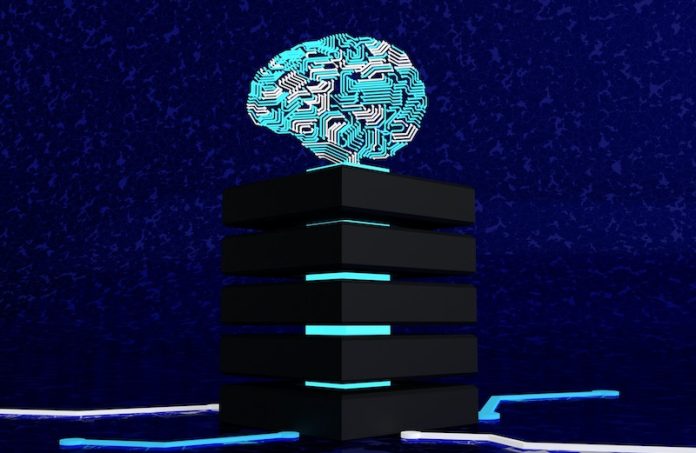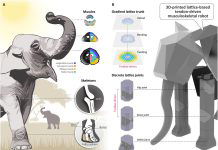
Imagine your brain is like a big city, and there’s a mysterious problem causing chaos. Alzheimer’s disease is a bit like that.
It’s a sickness that affects your brain, making you forget things and changing how you act. It’s like the traffic lights in our city have gone haywire and we don’t know why.
Finding a way to fix Alzheimer’s disease has been really hard. This is because we still don’t understand exactly what causes it.
But a team of researchers led by Rui Chang, a brain expert at the University of Arizona College of Medicine–Tucson, has come up with a new way to search for answers using artificial intelligence (AI).
A New Detective: Artificial Intelligence
Chang and his team collected tissue samples from over 2,000 brains affected by Alzheimer’s disease.
They fed this data into a special computer program designed to learn from the information it’s given. Think of it as a super-smart detective that can analyze thousands of clues at once.
This detective, the AI program, made a kind of roadmap of the brain showing all the changes happening in the neurons (brain cells) as Alzheimer’s disease progresses.
This roadmap gave the scientists some important clues about where Alzheimer’s disease might start.
A River of Trouble
Chang describes the progress of Alzheimer’s disease like a river. Downstream, where the river ends, we see things called amyloid plaques and tau tangles in the brain.
These are abnormal structures that build up in the brain when someone has Alzheimer’s disease.
But these plaques and tangles might be just the end result of problems that start upstream.
Chang suggests that trying to remove them might not solve the problem, just like cleaning up a polluted river won’t stop the pollution if it’s still being dumped upstream.
Mapping the Alzheimer’s River
By using AI to understand this “river” better, Chang and his team were able to pinpoint 19 places upstream where things start to go wrong.
These are specific genes that, when they behave in certain ways, seem to push brain cells toward developing Alzheimer’s disease.
They tested these genes by creating brain cells in a lab and then turning off these specific genes to see what would happen.
They found that turning off 10 of these genes affected the production of the plaques and tangles downstream. This means these genes could be key targets for drugs designed to treat Alzheimer’s disease.
Hunting for a Treatment
Once they knew which genes to target, the next step was to find drugs that could do that. The team used 3D computer models to check if existing drugs could interact with these target genes, just like a key fitting into a lock.
They screened millions of possible drugs against more than 6,000 targets. This gave them about 3,000 drug candidates they want to investigate further.
They already have permission to start clinical trials on three of these drugs, which is when they test the drugs on people.
From Data to Drug Discovery
Using AI and a lot of brain tissue samples, Chang’s team has taken a huge step forward in understanding Alzheimer’s disease.
Chang finds this work exciting, saying, “Starting from mathematics and data, I can design mathematical algorithms to lift up a massive amount of data all the way to clinical studies in patients.”
In other words, the work they’re doing is like turning a mountain of clues into a roadmap that could lead us to a treatment for Alzheimer’s disease.
It’s a journey that could potentially benefit millions of people around the world.
f you care about Alzheimer’s disease, please read studies about personality traits linked to lower the risk of Alzheimer’s, and how to treat mild to moderate Alzheimer’s disease.
For more information about brain health, please see recent studies about alternative drug strategies against Alzheimer’s, and coconut oil may help improve cognitive function in Alzheimer’s.
The study was published in Communications Biology.
Copyright © 2023 Knowridge Science Report. All rights reserved.



